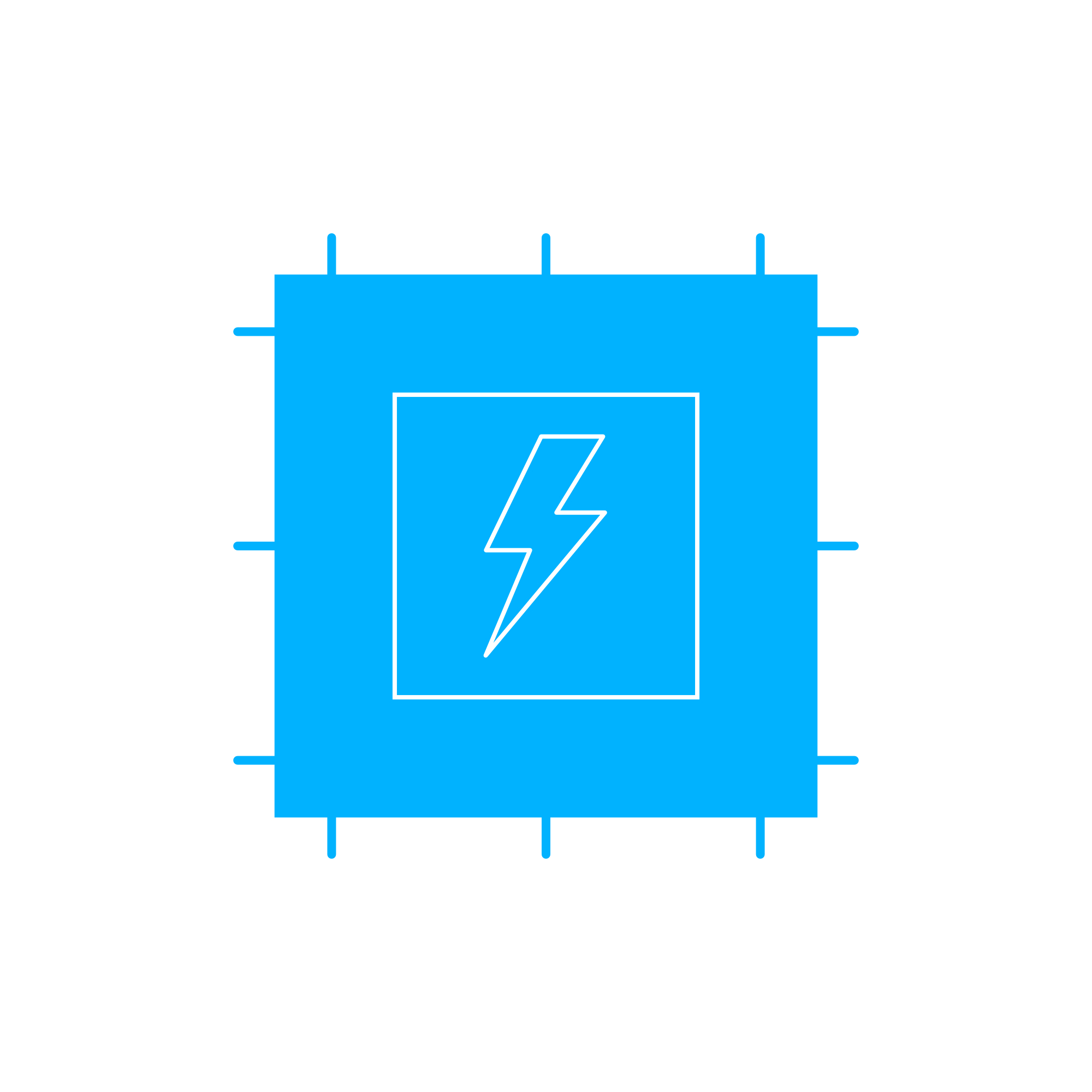BATTERY electric components and switches for heavy-duty diesel and marine engines
Electric components and switches form the nervous system of any propulsion or power-generation package. In the article category Electric components and switches you will find the parts that distribute, control, and protect electrical energy in engines: contactors and relays, solenoids, circuit breakers, emergency-stop devices, sensors, voltage regulators, alternator components, control switches, and connectors. These elements link the BATTERY to the starter, manage charging, coordinate auxiliaries, and safeguard the engine and crew. Without reliable switching and control hardware, even the most advanced diesel or gas engine cannot start, stabilize, or deliver rated power.
Across marine engine rooms and land-based generator sets, these components operate in heat, vibration, moisture, and electromagnetic noise. Their job is simple to state but demanding to execute: deliver precise, loss-minimized power and clean control signals, on every start cycle and through every load step. That is why purchasing decision-makers prioritize robust designs with correct ratings, tight tolerances, and proven compatibility with their engine’s electrical architecture.
Technical function in BATTERY diesel engine and marine engine systems
From the first key turn to stable operation, electric components and switches orchestrate energy flow. The BATTERY in a diesel engine provides high current to the starter via a heavy-duty contactor; preheating circuits and fuel solenoids are sequenced through relays; the alternator’s rectifier and regulator restore state-of-charge; and protective switching isolates faults before they escalate.
In a marine engine, BATTERY feeds are split through battery isolators and selector switches to critical systems—starting, navigation, and automation. Engine control switches and pushbuttons enable local and remote commands. Emergency-stop and overspeed trip circuits rely on high-integrity switches, ensuring immediate shutdown when required. Sensors and pressure/temperature switches provide the signals that engine control units use to modulate fueling and protection logic. Each device must maintain low contact resistance, withstand inrush currents, and minimize arcing to protect cables and downstream electronics.
Performance and efficiency hinge on correct electrical behavior: a well-matched voltage regulator prevents overcharging, preserving accumulator life; properly rated circuit breakers prevent nuisance trips during motor inrush; sealed connectors and harness components maintain signal integrity, avoiding erratic ECU inputs. Specifying BATTERY OEM parts for these roles ensures that voltage setpoints, connector codings, and thermal profiles match the engine maker’s design.
Key characteristics and advantages of Electric components and switches
· High current handling for starting and motor loads.
· Low contact resistance to reduce voltage drop.
· Correct voltage regulation for BATTERY longevity.
· Fast fault isolation with calibrated breakers and fuses.
· Sealed housings and IP-rated connectors for harsh environments.
· Vibration- and shock-tested design for engine-mounted duty.
· EMC robustness to protect sensitive controls.
· Precise fit, pinout, and signal levels for OEM integration.
· Service-friendly layouts and clear terminal markings.
· Compliance with marine and industrial standards where applicable.
Importance for reliability and engine service life
When electric components and switches drift out of spec, the consequences are immediate and costly. Increased contact resistance in a starter relay causes voltage drop, slower cranking, and hard starts—accelerating wear on the starter and BATTERY. Pitted contacts can stick closed, creating safety risks; conversely, weak return springs may prevent engagement, resulting in no-start events.
A failing voltage regulator can overcharge, heating the accumulator and damaging control electronics, or undercharge, leading to sulfation and reduced cranking capacity. Corroded emergency-stop switches introduce intermittent shutdowns, complicating troubleshooting and eroding uptime. In marine environments, non-sealed components allow moisture ingress, leading to galvanic corrosion, false sensor trips, and unexpected breaker trips during swell-induced vibration.
By maintaining tight tolerances and correct coordination between the BATTERY, alternator, contactors, and protection devices, operators preserve both operational reliability and the long-term health of starters, ECUs, and harnesses—ultimately extending engine service intervals and reducing total downtime.
Advantages of OEM spare parts suitable for Electric components and switches
Specifying OEM spare parts suitable for Electric components and switches is a strategic choice for performance, budget control, and asset life. These parts are produced to the same dimensional interfaces, thermal limits, and electrical parameters as the components the engine was built around. That means consistent coil voltages, verified trip curves for breakers, matched regulator setpoints, and connectors keyed to the engine’s harness—all of which reduce installation time and eliminate adaptation errors.
With BATTERY OEM parts, you gain predictable behavior under cranking and load steps, validated insulation systems for high-heat zones, and corrosion-resistant materials that withstand marine atmospheres. Batch traceability, documented testing, and stable sourcing help technical teams plan maintenance windows and keep critical spares on hand without overstocking. The net effect is fewer surprise stoppages, less troubleshooting time, and a lower lifetime cost per engine hour.
MOPA as your partner for BATTERY OEM parts and Electric components and switches
MOPA supplies OEM spare parts for Electric components and switches with a focus on speed, quality, and security in the trade of parts for diesel and gas engines. Procurement teams value rapid quotations, accurate cross-referencing, and reliable lead times—especially when a vessel or power plant is waiting. MOPA supports projects with technical documentation, compliance evidence where required, and careful packaging that protects sensitive switching and electronic parts in transit.
Whether you need a BATTERY selector switch for a marine engine, a high-capacity contactor for a diesel engine starting system, or a matched voltage regulator and rectifier set, MOPA helps you source the correct OEM spare parts efficiently. From single components to coordinated kits, the focus is on minimizing downtime and ensuring that every part integrates seamlessly with your existing engine configuration.
Service quality that protects uptime
Expect clear part identification, batch traceability, and dependable logistics. Pre-shipment checks verify ratings and connector variants, reducing installation risk and helping crews return assets to service faster.
Conclusion
Electric components and switches are central to safe starting, stable charging, and dependable protection—every function that links the BATTERY to engine performance. Choosing OEM spare parts suitable for Electric components and switches secures fit, function, and durability, helping fleets and plants maximize reliability and control lifecycle costs.




